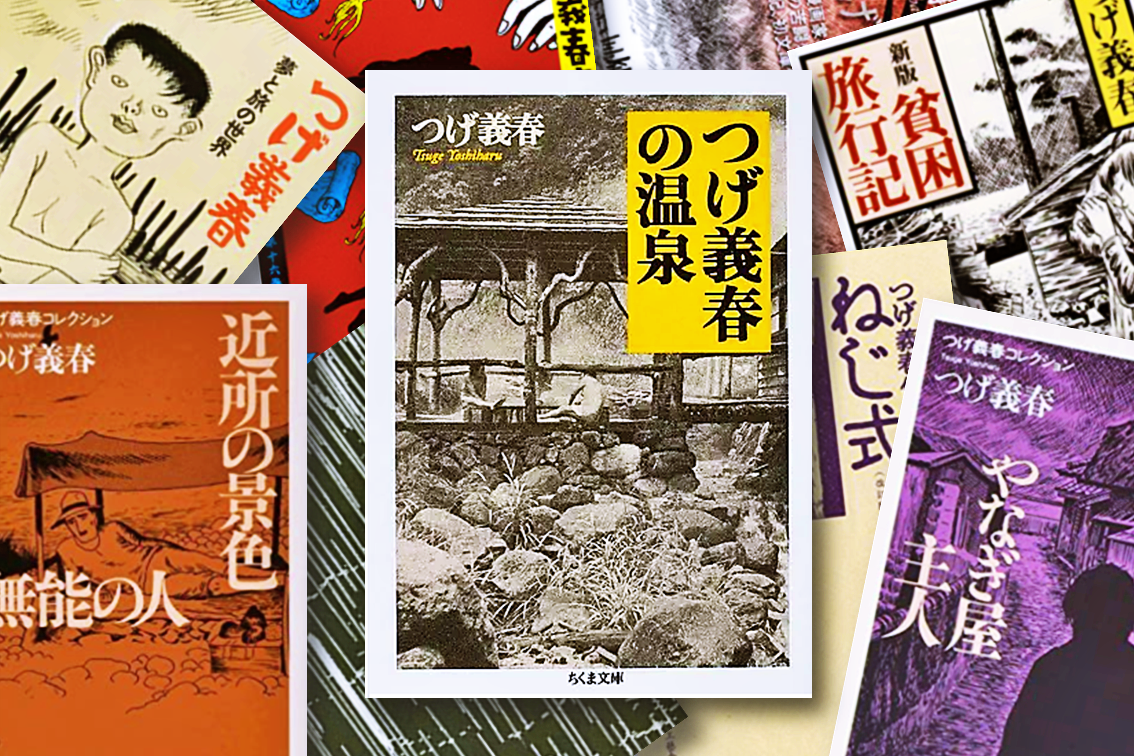Osamu Tezuka, the god of Japanese manga, is famous for his relentless criticism of other manga artists, regardless of their achievements and authority. There may have been some jealousy involved, but there are countless episodes such as dismissing the work of Shotaro Ishinomori, the creator of Masked Rider, by saying, “This is not manga,” or dismissing Kazuo Umezu’s manuscript at the door by saying, “It’s not funny at all.
However, there was only one artist whom Tezuka praised unanimously.
He said, “I can’t help but envy you because you write only from your true feelings. You can’t get away with anything, can you?
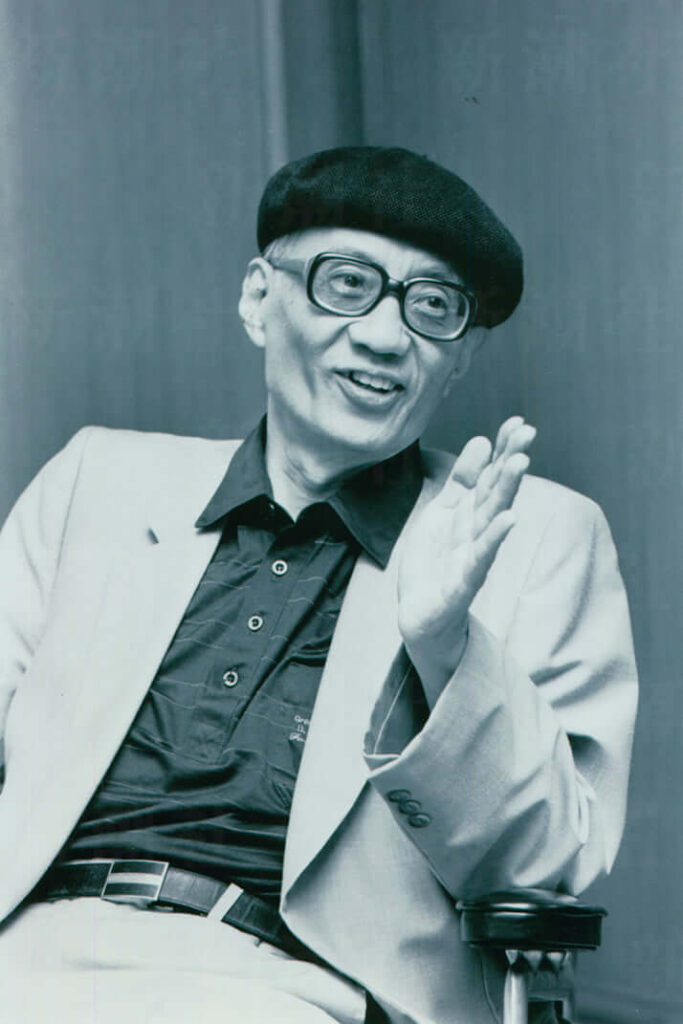
Yoshiharu Tsuge was born in Tochigi Prefecture in 1940. Manga artist. A recluse, a hermit. He has been drawing manga as if he were hiding in the shadows, like a shadowy figure in the world of manga, without having had any major hits. Yoshiharu Tsuge has been a child apprentice, a homeless person, and now a retired manga artist living as a member of the city in a metropolitan apartment in the suburbs of Tokyo. He is in sharp contrast to Osamu Tezuka, who was born into a wealthy family, went on to become a medical student, and became a billionaire through the cartoons he started on the side. Because of this, Tsuge was able to depict human sorrow, rage, and absurdity at the very level of everyday life, something Tezuka was unable to do. His absurdist works, which do not use Tezuka’s dynamic characters and exciting adventure set-pieces, but instead weave in plenty of metaphors, are also known as surrealist manga, and still enjoy a cult following among fans. In this issue, we would like to unravel such works by Yoshiharu Tsuge while looking back at the author’s backbone.
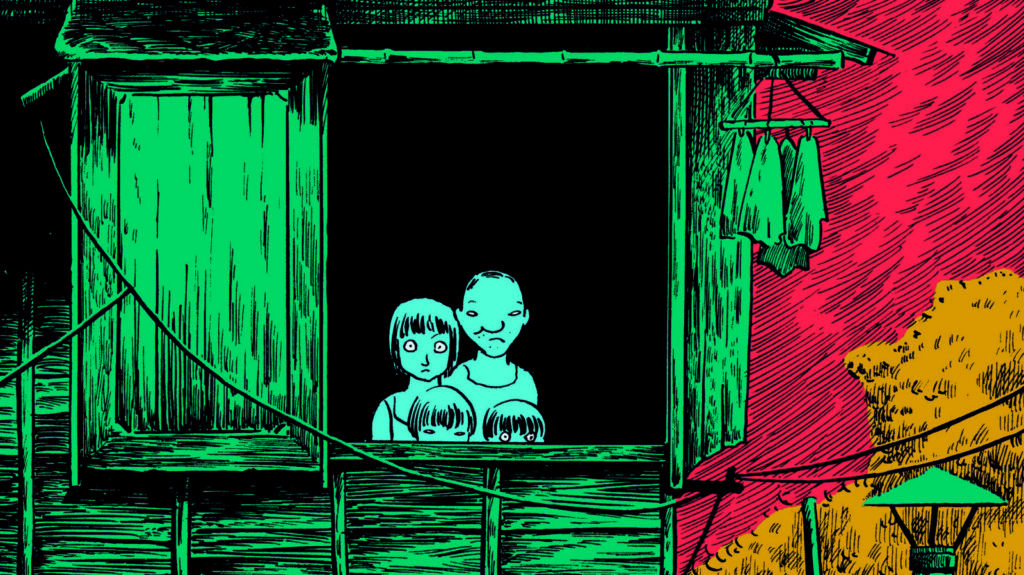
Who is Yoshiharu Tsuge?
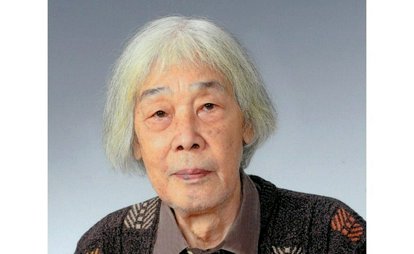
October 30, 1937-.
Japanese cartoonist and essayist. In addition to works with a strong sense of fantasy and lyricism, his style is characterized by a focus on realism, with themes of everyday life and dreams, and many of his works have travel as a theme. In the early 1970s, his surrealistic works such as “Nejishiki” and “Gensenkan Shujin” were highly acclaimed and won him a devoted fan base. In addition to the manga world, his works were also highly regarded by the art and literary worlds, provoking attempts to decipher his works and influencing the development of manga criticism.
Upbringing
The second son of father Ichiro and mother Masu, Tsuge was born in a boathouse (his mother’s father’s house) near the Nakagawa River in Tateishi, Katsushika-ku, Tokyo. (His father died of illness when Tsuge was 5 years old.)
In 1944, he entered Honda Elementary School in Katsushika Ward (National School at that time). Around this time, he began to draw pictures and play with them. At that time, air raids were so severe that he could not go to school very well. After the Tokyo Air Raid of March 10, 1945, Tsuge followed his older brother, Seiji, and evacuated school children to Akakura Onsen in Niigata Prefecture to avoid air raids, but developed a phobia of blushing from this time onward due to his unfamiliarity with group living. In 1950, while his best friend went on to junior high school, Tsuge did not go on to higher education, but instead got a job as an apprentice at his brother’s plating factory, where he worked overtime, pulled all-nighters, and was paid late. However, he worked overtime, stayed up all night, and was paid late.
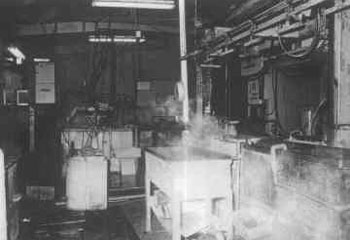
Single parent, poverty, war, blushing disorder, and employment upon graduation from junior high school…. The misfortunes of his childhood must have left deep scars on his personality development. Perhaps writing manga was the only time he could get away from the hardships of everyday life.
Stowaways and Repatriation
In 1951, when he was 14 years old, his yearning for the sea went beyond impatience to infatuation. He decided that the only way to live at sea was to become a seaman, so he took a correspondence course for seamen and went to Yokohama to see ships docked there. He also went to Yokohama to visit ships docked there. The working conditions at the plating factories he visited were harsh, so his mother started a sewing business, and Tsuge helped out, but life with his stepfather was painful, and he became depressed due to his fear of blushing and other problems, so he planned to stow away. She was also depressed by her fear of blushing and made plans to stow away. It was a time when her longing to return to Izu Oshima (Oshima Town), where her father was healthy and the family was happy, grew stronger day by day.
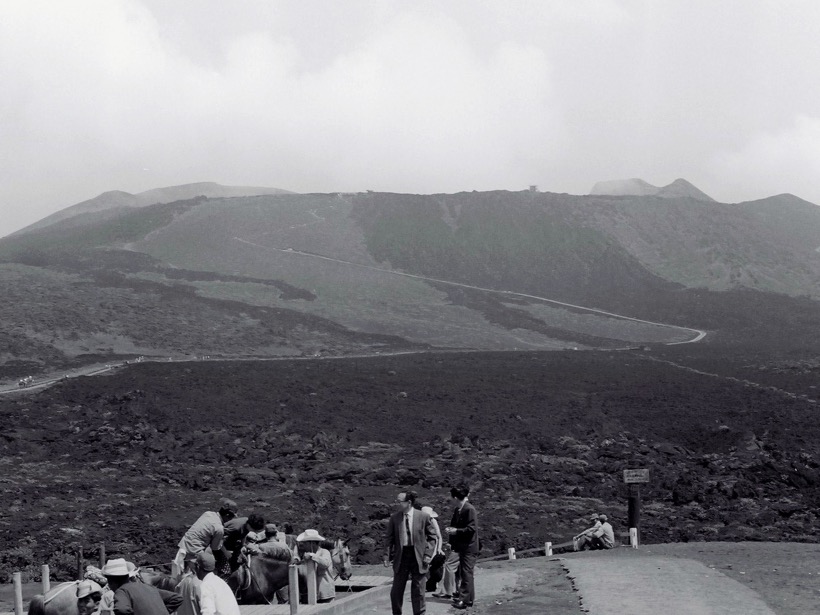
One day, with the intention of becoming a sailor, he went to Yokohama to stow away, but was discovered by the sailors and spent the night at the police station. The following year, in 1952, he sneaked onto a steamer (Nissan Kisen Nikkei Maru 10,000 tons) bound for New York from the port of Yokohama with only a day’s supply of cobbler’s buns and soda pop. However, he was discovered off the coast of Nojimazaki and taken to the Taura Coast Guard in Yokosuka, but was treated well on board, receiving cakes and chilled tofu (there was also a tofu-making machine on board) and being given a bath. When transferred to a Japan Coast Guard patrol boat carrying Nissan Steamship executives, I looked back and saw the crew lined up on the deck of the NIKKEI MARU, waving to each other. At that moment, the whistle sounded loudly.
Manga Debut
In 1953, he returned to the plating industry and dreamed of running a plating factory with his brother, but his fear of blushing became worse, and he decided to become a manga artist so that he could be alone in his room fantasizing and drawing his favorite pictures. He visited Osamu Tezuka, who was living in Tokiwa-so in Toshima Ward at the time, to find out how much he was paid for his work, and this strengthened his resolve to become a professional. In October 1954, while working at a plating factory, he began drawing manga, and in October 1954, he was published in the “Kisou Ten Gai” (Who’s the culprit?) section of the magazine “Kaikai Book” (Houbunsha). He made his debut as a cartoonist in October 1954 with “Kisou Tengai” in the magazine “Keikai Book” (Houbunsha).
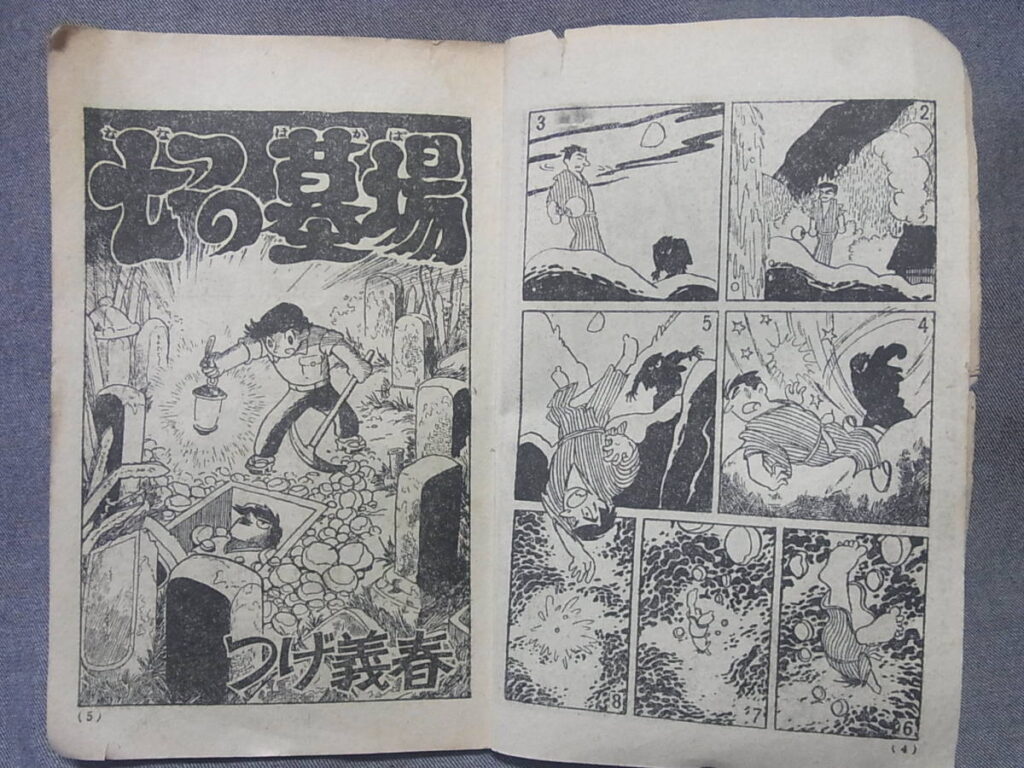
At the age of 18, he made his debut with “Hakumenyasha” from Wakagi Shobo. From 1967, he shifted the stage of publication to “Garo” and began to attract attention with works such as “Numa,” “Chico,” and “Sanshoyo,” and shocked many readers and cultural figures with “Nejishiki. Although he wrote energetically for a period from 1967 to 1968, when these works were published, from the 1970s he became a tad prolific, producing only a few works a year, partly due to poor health. Despite suffering from neurosis, he serialized “Mutualism” and other works monthly in COMIC Baku magazine published in 1984, and published no manga works until 1987.
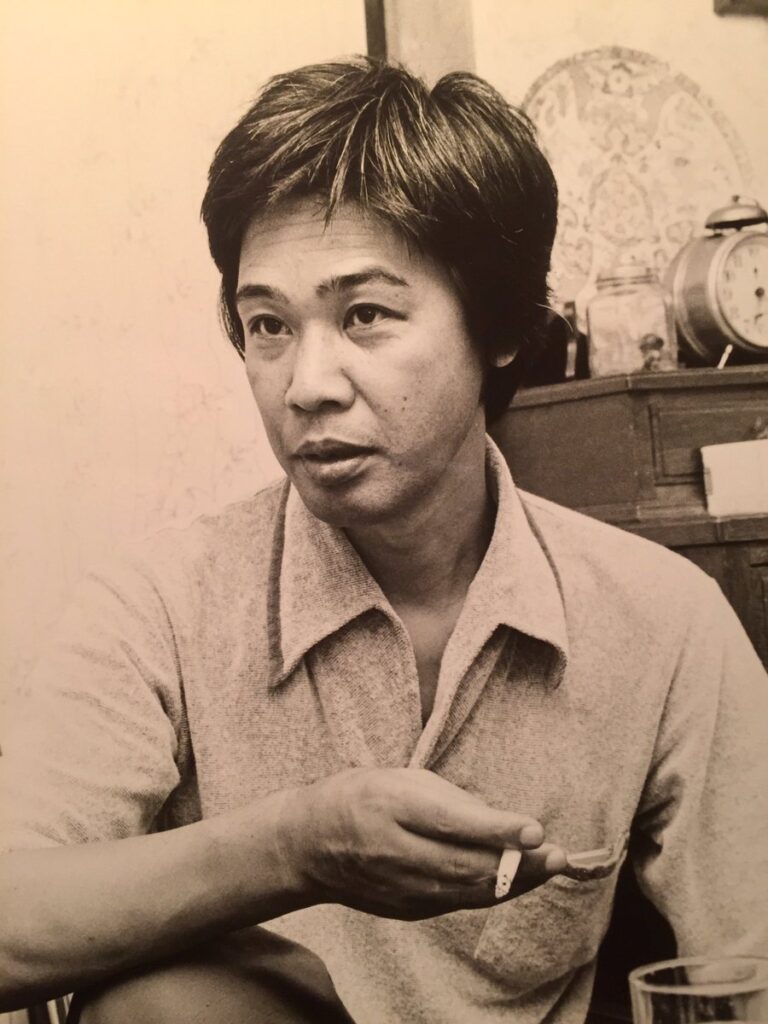
And now
In 1992, in an interview, Tsuge said that his monthly living expenses are set at 170,000 yen, that he has always made it a rule not to waste money on unnecessary expenses, and that the mortgage on his apartment complex is about 20,000 yen per month, so he and his son are somehow able to live on his royalty income.
In the 2000s, Tsuge’s works continued to be made into films, but he has remained silent, perhaps due to his age or physical condition. After a certain period of time, books continue to be republished, reprinted in paperback, or published as complete works, and his life seems to be supported by the royalty income. His life as a “househusband” who rides his bicycle to the supermarket and buys side dishes remains unchanged. He says, “My monthly phone bill is only 100 to 200 yen.”
In February 2018, a magazine published a special feature on Yoshiharu Tsuge, and in an interview he said, “My recent situation is that I want to get rid of this world as soon as possible. That’s all I want to do anymore,” and “I just want to run away from everything and everything.
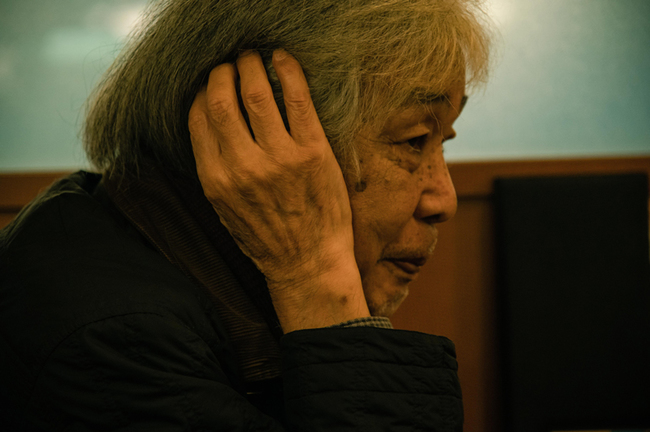
His masterpiece “Nejishiki” (Screw Shiki)
The most famous work of Yoshiharu Tsuge is “Nejishiki,” which is a story about a man who is a master of the art of the screw. Here is the synopsis…
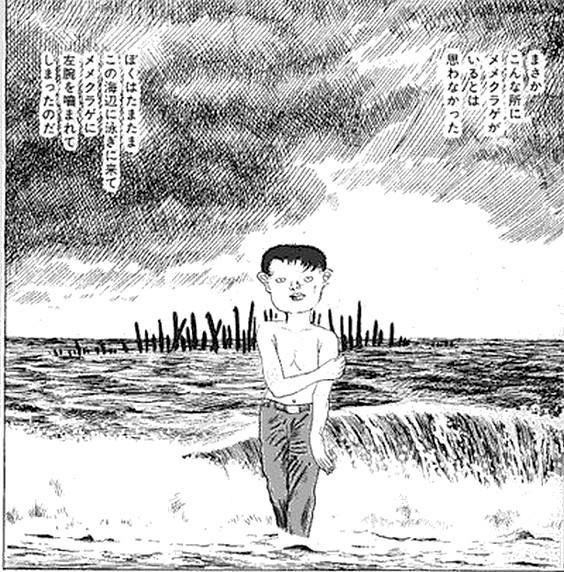
The main character, a boy who was bitten on his left arm by a jellyfish on the beach and had his vein severed, wanders around a strange town that looks like a fishing village in search of a doctor, asking “Where is the doctor? The story is as follows.
This is a work by a manga artist who is known as a surrealist, and it is not a simple story. The story is said to be based on a dream that Tsuge actually had, and indeed, the drawings are as bizarre and depressing as a nightmare seen in midsummer.
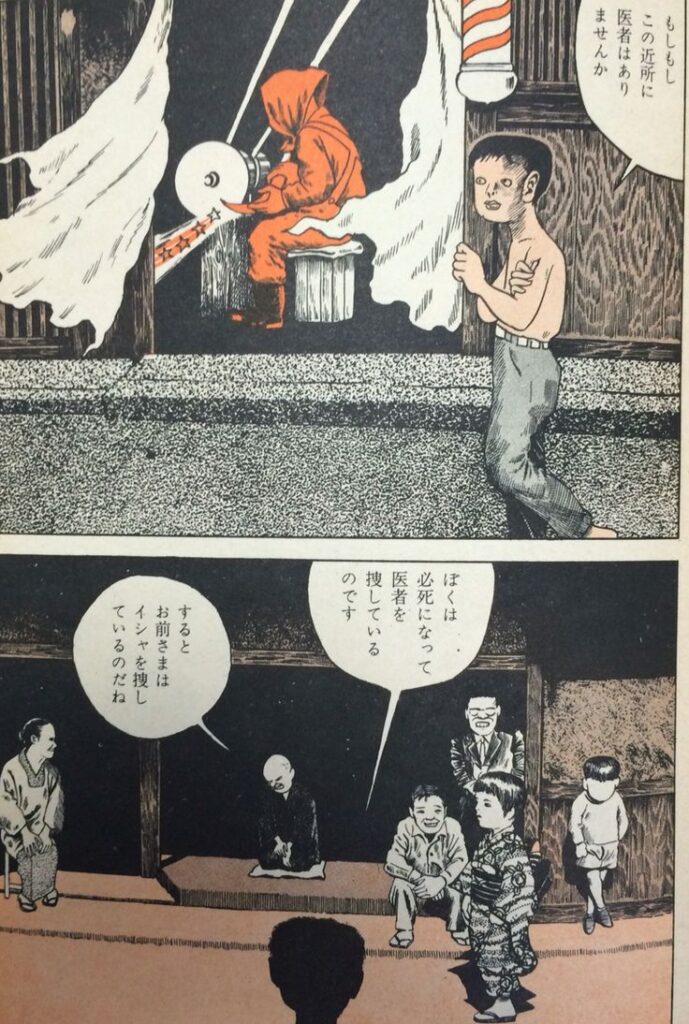
Because of this, at the time, Freudian-style psychoanalytic critiques were even attempted. However, Tsuge himself was repulsed by such interpretations and dismissed them as completely inaccurate. He pointed out that because his style is surrealistic, it is easy to read too much into it and misunderstand that all the depths of the author’s personality are revealed.
Tsuge himself recalls, “In my early works, when I did not know the meaning of creation, it was easy to express my inner self because I drew in an uncontrolled manner, but after years of drawing, I think about the structure of the work and am aware of every line I draw, so my inner self rarely appears.
Indeed, it is true that many of these works, which one might expect to be entirely from Tsuge’s imaginary world, are based on quotations from actual paintings or photographs (such as the signboard under the eyes, the boy blowing a trumpet, and the locomotive town, all of which are based on actual paintings or photographs).
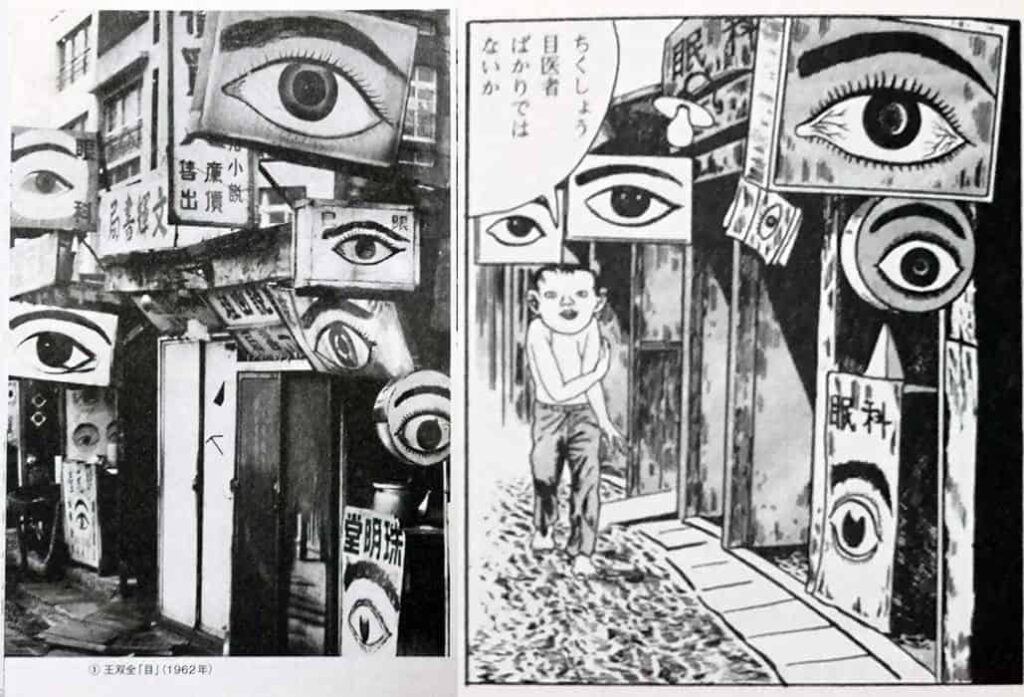
While comic book fans would love to romanticize the interpretation that the whole thing was actually the result of his daydreams, the truth is different. In fact, it was a very conscious work by a man with deadlines, life struggles, and other such real-life problems.
Mamoru Oshii, the famous animation director of “Ghost in the Shell,” said,
“‘Nejishiki’ is a work that was originally created by a man who had a lot of problems.
Screw Shiki” was originally a collection of “quotations. A masterpiece is not necessarily a qualitative masterpiece, but is determined by the number of times it has been quoted and talked about. Screwball” is a “work that begs to be interpreted. But it is a masterpiece that makes us think it has a deeper meaning. The author did not “foreshadow and set up a backdoor reading,” but this is what is called “unconscious power. This work is a rare example of a wonderful unconscious merging of pictures and words.”
Yes, perhaps this work is the crystallization of a mixture of a strong self-consciousness as an artist by profession and a fear of death, illness, poverty, and resistance, as well as the unconsciousness of the artist.
This is because Tsuge himself said,
“I am a writer who has nothing to do with time and space.
I wish I could create a world that has nothing to do with time and space – it is not a world of death – but I wish I could make it my own. I think I have created a world of ecstasy and fear, a world of other spaces, in “Screw Shiki.”
Conclusion
Life is like a shadow that always haunts us. If Tezuka is the sun of his time, then Tsuge may be the moon. He cannot emit his own light, but is only illuminated by the sun of Tezuka’s manga. Moreover, it can only appear in the dark of night. Fear, hatred, sorrow, rage, and such negative emotions are usually felt at night. At night, people’s negative emotions are mobilized. However, that is why Tsuge’s works are loved. There are many aspects of this world that cannot be described only in terms of courage, benevolence, justice, or love. His works are like moonlight illuminating the path, guiding us along the way.
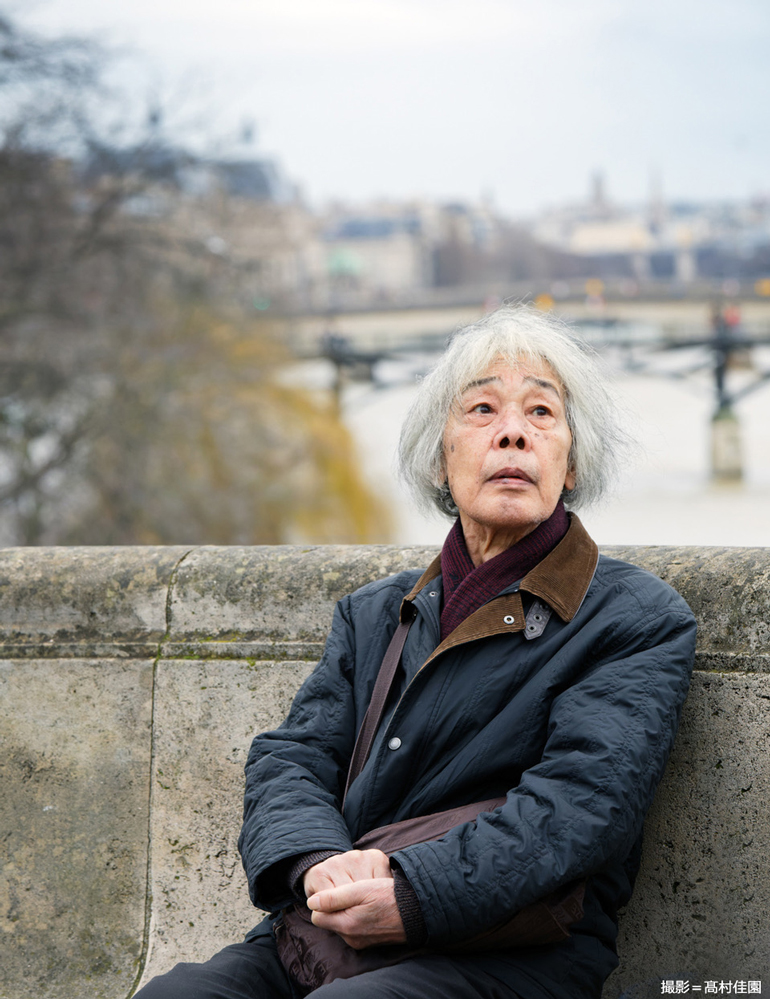
Source
Yoshiharu Tsuge Wikipedia

